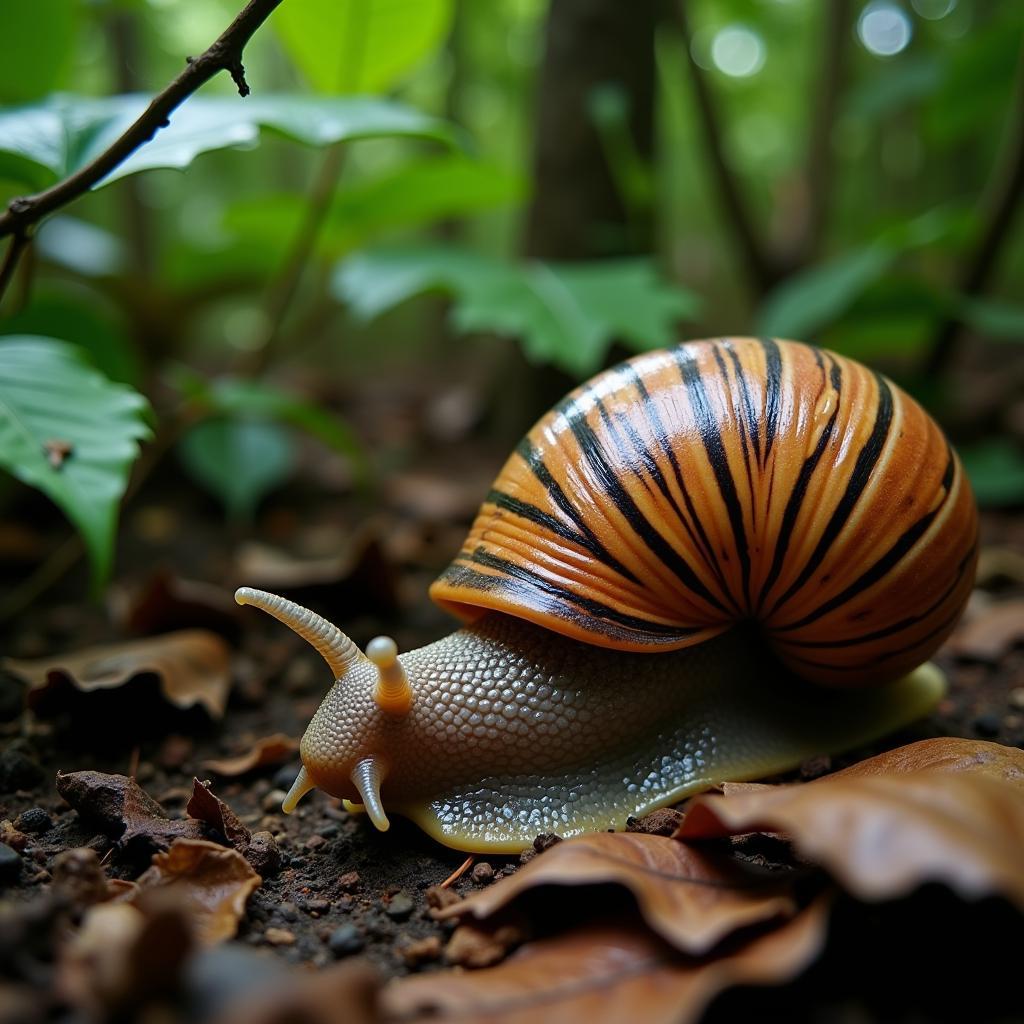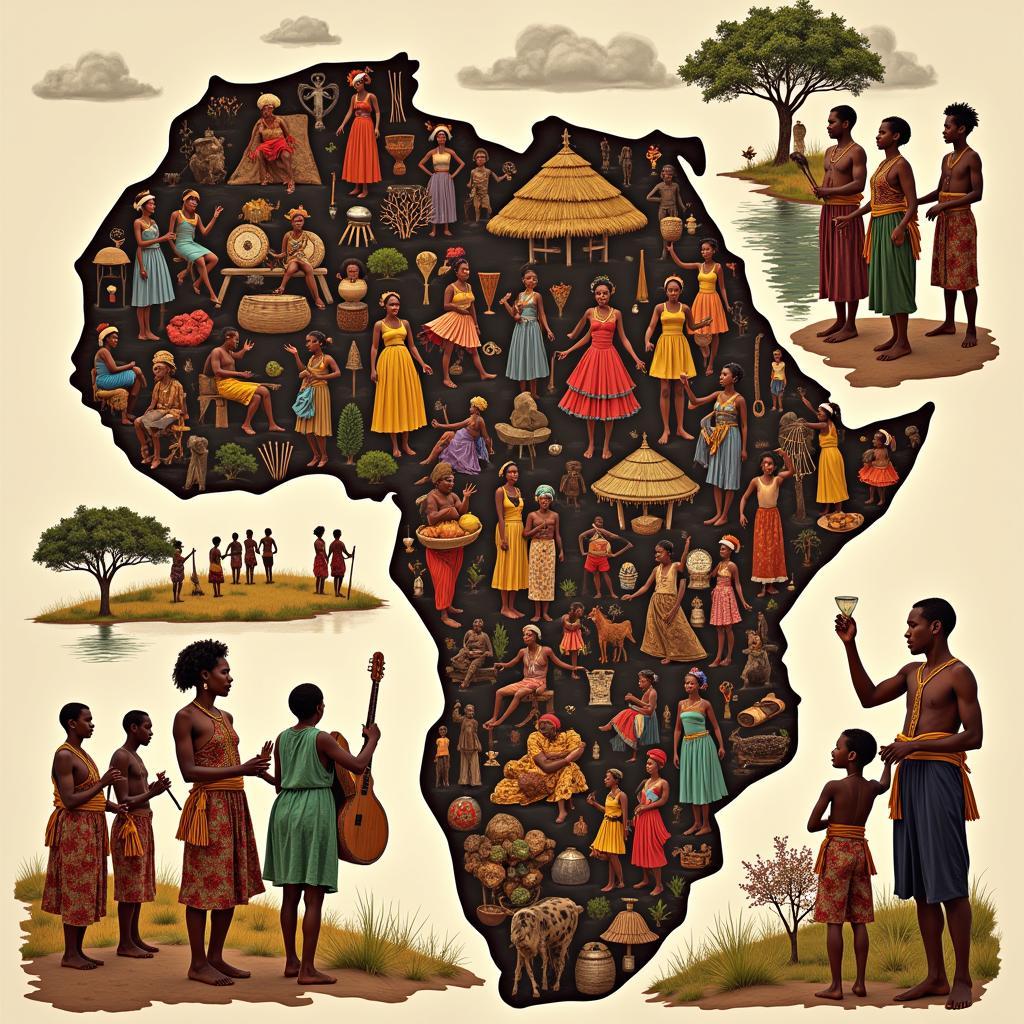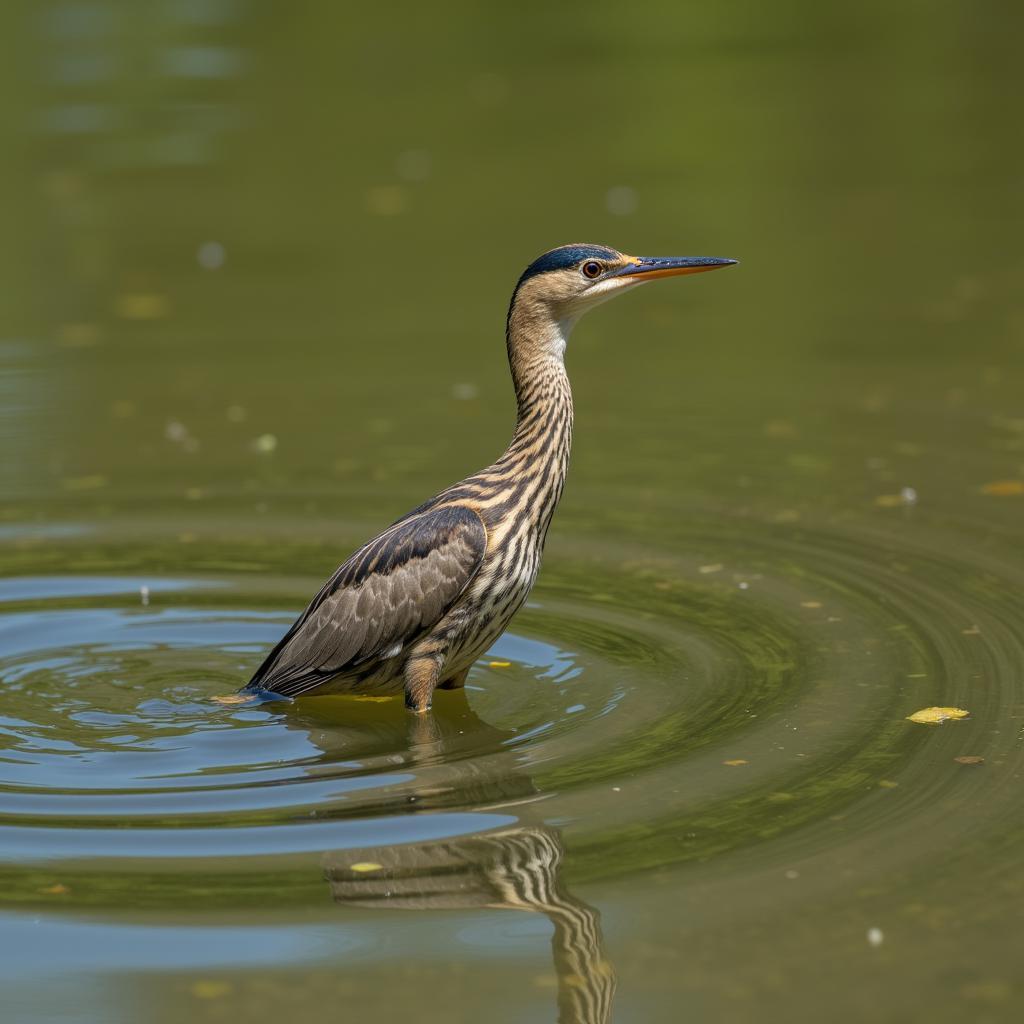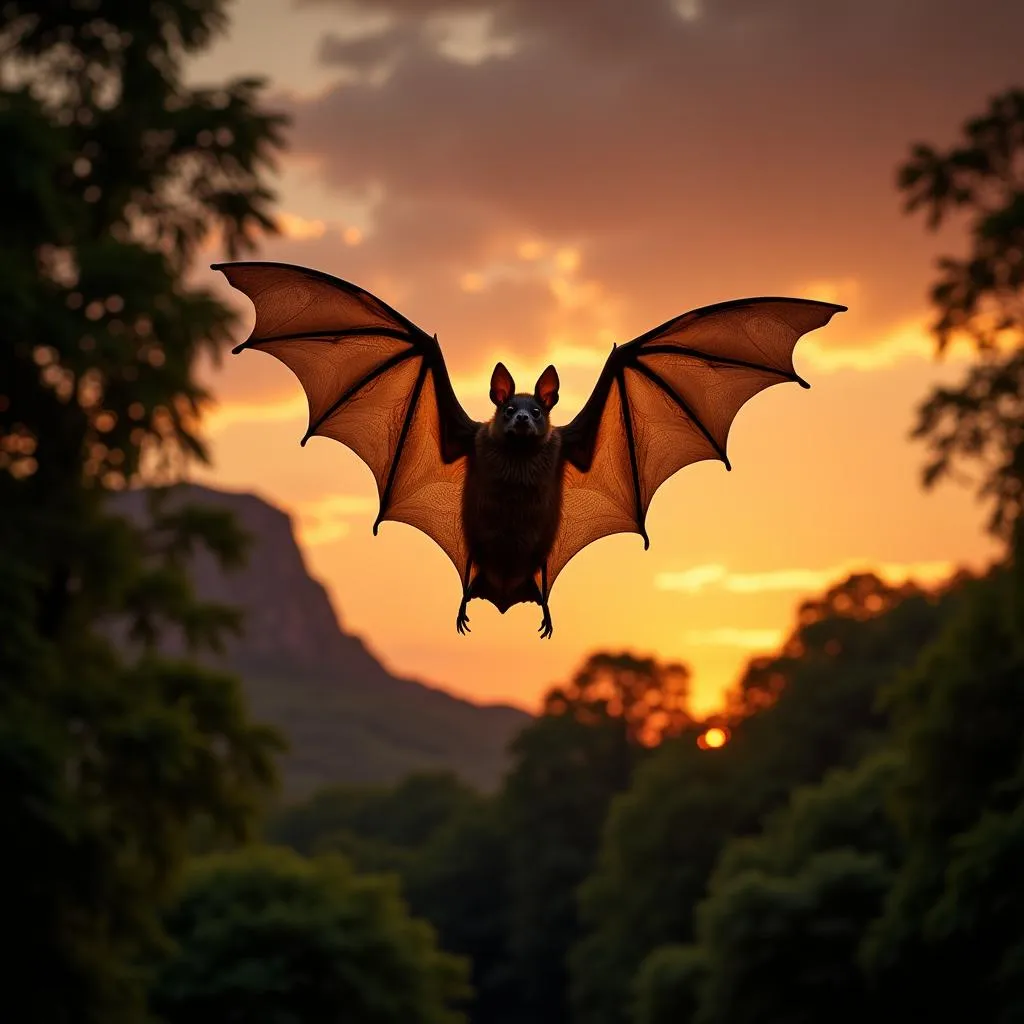Unraveling the Mysteries of the African Giant Snail: Achatina Achatina
The African giant snail, scientifically known as Achatina achatina, is a fascinating creature that has captivated the attention of nature enthusiasts and researchers alike. Native to the lush rainforests of West Africa, this remarkable gastropod is renowned for its impressive size, striking appearance, and intriguing life cycle.
A Gentle Giant: Size and Appearance
Achatina achatina stands out as one of the largest land snail species globally. Reaching lengths of up to 7-8 inches (approximately 18-20 centimeters) and boasting a shell diameter of around 4 inches (10 centimeters), these snails are truly a sight to behold. Their shells, often adorned with intricate patterns of brown and tan stripes, provide a glimpse into their age and habitat. The shell’s conical shape, tapering to a point, is a testament to their evolutionary adaptation for life in humid and warm environments.
Habitat and Distribution: Where Does the Achatina Achatina Thrive?
 African Giant Snail in Natural Habitat
African Giant Snail in Natural Habitat
As their name suggests, these gentle giants are native to the tropical rainforests of West Africa. Their range extends across countries such as Ghana, Nigeria, and Sierra Leone, where they thrive in the humid undergrowth, feeding on a variety of vegetation. These snails are particularly fond of decaying plant matter, fruits, and vegetables, playing a vital role in the ecosystem as decomposers.
A Closer Look at Achatina Achatina: Diet and Lifestyle
Their nocturnal nature means they are most active during the cooler night hours, emerging from their daytime hiding places to forage for food. Their diet, primarily herbivorous, consists of a diverse array of plant matter. Interestingly, Achatina achatina requires a good amount of calcium in its diet for shell growth and maintenance.
The Life Cycle of a Giant: Reproduction and Growth
These snails are hermaphrodites, possessing both male and female reproductive organs. While they are capable of self-fertilization, cross-fertilization is more common. After mating, they lay clutches of eggs, typically buried in the soil or leaf litter. These eggs hatch into miniature versions of the adults, embarking on their journey of growth and maturity.
Conclusion: Appreciating the Achatina Achatina
The African giant snail, with its impressive size, unique life cycle, and important ecological role, stands as a testament to the incredible diversity of the natural world. Understanding and appreciating these creatures not only broadens our knowledge but also fosters a deeper respect for the delicate balance of our planet’s ecosystems.



